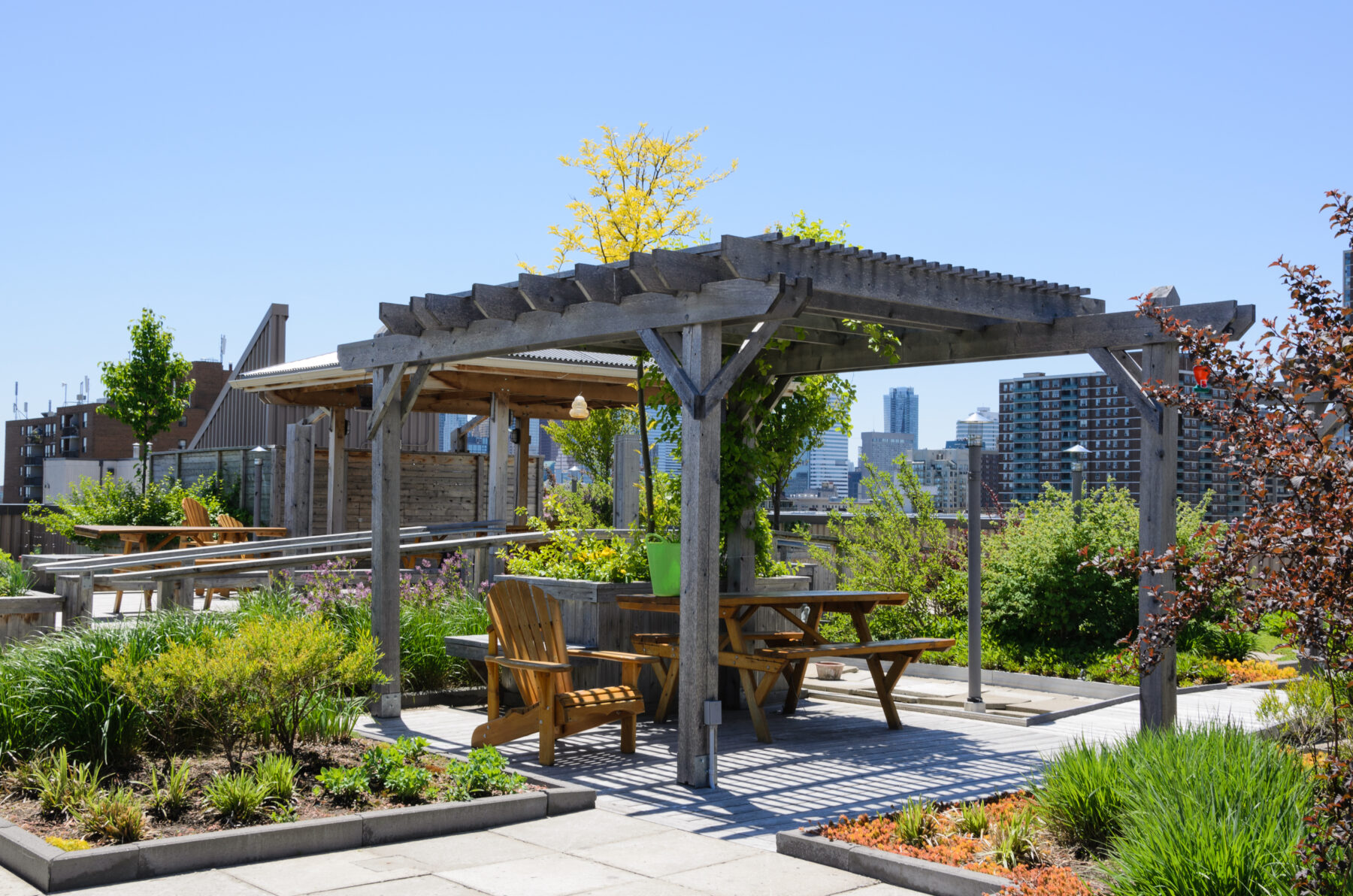The Benefits of Using Lightweight Concrete for Rooftop Gardens
October 10, 2025
Urban development continues to transform city landscapes, and with limited space on the ground, rooftops are becoming a new frontier for design and function. Rooftop gardens not only add greenery to concrete skylines but also improve energy efficiency, air quality, and overall building appeal. At the center of many successful rooftop garden projects is lightweight concrete, a material that brings both structural and practical advantages to these elevated environments.
Reducing Structural Load
The most immediate benefit of lightweight concrete is its reduced weight compared to traditional mixes. Standard concrete adds significant load to a building, which can limit design options or require additional reinforcement. Lightweight concrete, created by replacing dense aggregates with expanded materials such as shale, clay, or slate, reduces that burden while continuing to deliver the compressive strength needed for rooftop construction. This balance of weight and durability makes it possible to create large-scale gardens without compromising the structural integrity of the building.
Enhancing Thermal Performance
Rooftop gardens play an important role in sustainable building strategies, and lightweight concrete strengthens that contribution with natural insulating properties. Its lower density slows the transfer of heat, which helps regulate rooftop temperatures and reduces heat gain within the building. When combined with soil and vegetation, the material supports lower cooling costs in the summer while also helping to moderate heat loss in the winter. This makes the rooftop garden both a striking design element and a functional component of a building’s energy performance.
Simplifying Installation and Design Flexibility
Ease of handling is another factor that sets lightweight concrete apart. Its reduced weight makes it easier to transport and place on rooftops, where access is often limited. This efficiency in installation saves time and labor, helping contractors complete projects with fewer logistical challenges. Design flexibility also improves, as lightweight concrete can be cast into a variety of forms to create planters, walkways, or structural bases that support the overall layout of the garden. Architects and builders gain more creative freedom while keeping projects efficient.
Improving Drainage and Longevity
Moisture is a constant concern in rooftop applications, where drainage must be carefully managed. Lightweight concrete’s porous nature allows for better water management, reducing the risk of pooling and aiding the flow of excess water through the system. When combined with proper waterproofing and drainage layers, it provides a reliable base that supports vegetation without compromising the roof structure. Its resistance to cracking and weathering also ensures that the garden remains functional and attractive long after installation.
Supporting Sustainable Building Goals
Sustainability is driving innovation across construction, and lightweight concrete aligns with these priorities. Many modern mixes incorporate recycled materials, further reducing the environmental footprint of a project. Rooftop gardens themselves already contribute to improved urban air quality and reduced heat island effects, and when paired with lightweight concrete, they become even stronger examples of how thoughtful material choices can benefit both buildings and the communities around them.
The rise of rooftop gardens is redefining how urban spaces are used, and lightweight concrete is playing a pivotal role in making these projects possible. By reducing structural loads, improving thermal performance, supporting efficient installation, and enhancing drainage, it provides the foundation for rooftop gardens that are as practical as they are inspiring. For architects, contractors, and property owners looking to transform unused rooftops into thriving green spaces, lightweight concrete stands out as the material of choice.


